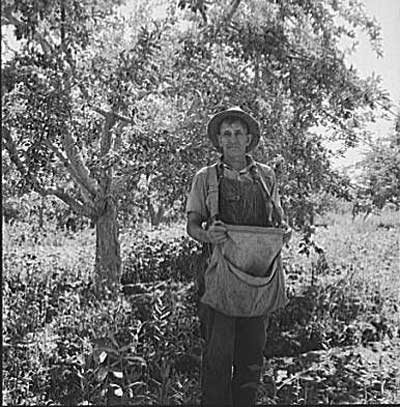Maycomb pronunciation- Looking this up I found many different versions of what the "Correct" pronunciation Mae-come is what the movie decided. May-C-oh-m is how many people have pronounced it as well in both book readings and pronunciation guides. At the end of the day it is a fictional town, so it does not have a real pronunciation. Harper Lee never specified how it should be pronounced, SO as long as it is a group choice of one way to pronounce it I will be happy.
Hoover Carts- In the 1930's many people could no longer afford gasoline for their cars, so they would hitch horses to pull it instead. Others would take scraps of cars and old wood and build a cart. These were nicknamed Hoover Carts after president Herbert Hoover who the people mainly blamed for the Depression.


Flowers (This will get its own full post): Flowers are actually in the book
Miss Maude- Mimosa’s and Azaleas
Miss Dubose- Camelia
Mayella- Geraniums
Calla Lilys (Not Associated with anyone)
Radley’s- Rabbit Tobacco and Johnson Grass













